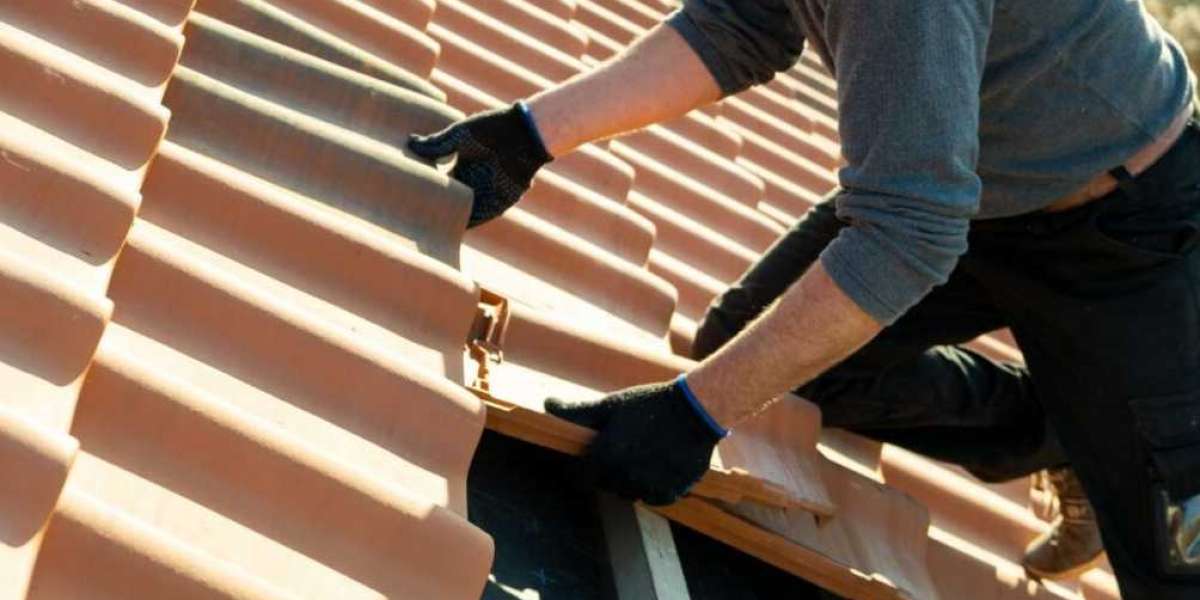When picking the correct pipette tip for your experiment, there are a number of aspects to consider. This decision should be based on significant considerations such as the quality of the liquid that is being pipetted and the sort of application, not on your whims. So, how can you determine which pipette tip to use? When choosing your tips, we address the importance of cleanliness, quality, and fit.
If you are looking to buy the best pipette tips or any other molecular bioproducts, you can check out our collection. We have a variety of options available just for you so that you can find the best-fit equipment for your experiments.
Although until then, here is a small guide to all the different kinds of pipette tips out there. This guide will help you choose the perfect ones for your tests or workflows so that you can get the most accurate results.
1. Sterile Vs. Non-Sterile
For workflows where sterility is critical, it's basic sense to utilise sterile tips. But, if you want to save money, you can purchase non-sterile tips and sterilize them yourself. However, make sure the maker specifies that they are autoclavable, and keep in mind the following:
● Inadequate Quality Control
Manufacturers of the tip confirm their sterilisation process and conduct quality inspections on a regular basis. Individual laboratories, on the other hand, rarely check the success of the autoclaving technique, which can result in compromised samples.
● Autoclaved Tips Contain RNase And DNase
Tips that have been autoclaved by you are sterile, which implies they are free of living organisms but not necessarily of RNase and DNase. If you need to run delicate assays, you should opt for sterile tips that are free of RNase and DNase.
2. Filter Tips
Aerosols are produced inside the pipette tip every time liquid is aspirated. Even if you replace tips in between, they can seriously pollute the pipette and, as a result, your following samples if you don't utilise filter tips.
For instance, you might end up having false-positive findings because of cross-contamination of liquids through aerosols in the pipette when performing PCR applications. Even the tiniest amounts of DNA from a prior sample could be amplified. Filter tips are especially critical when working with samples that have the potential of damaging your pipette, such as radio-labelled or corrosive samples. This is crucial for your safety and the longevity of your pipette. (Harkins)
Following is the list of liquids that require the use of filter tips because they are likely to damage or contaminate your pipette:
- RNA/DNA solutions
- Infectious samples
- Radio-labelled samples
- Volatile, corrosive or viscous samples
- Strong acids or bases
3. Long Tips
Have you ever put your pipette inside the tube to allow the tip to reach the bottom? If you have, you must be aware of the cross-contamination risks it presents. As a result, many manufacturers offer extended length pipette tips ideal for lab items, including microcentrifuge tubes or deep-well blocks, to prevent this issue.
4. Short Tips
Short tips have two benefits. For starters, they let you target small wells with a multichannel pipette. Second, they provide a better, functional design, as you can now pipette while standing closer to the bench, which reduces arm strain.
5. Low Retention Tips
Low retention tips, as the name implies, retain less liquid, resulting in more precise and consistent findings while conserving reagents. They are, however, more expensive than ordinary tips, so they should only be used when absolutely necessary.
The main difference between standard and low retention tips is that they produce significantly different results when viscous or low surface tension solutions are concerned. As a result, when pipetting highly concentrated and viscous materials, low retention tips are excellent.
6. Wide Bore Tips
When fragile cellular samples are squeezed through the narrow opening of conventional tips, they can be harmed. When transferring biological liquids, like fragile cell lines, or other fluid materials, wide diameter tips should be used. The larger opening of these tips minimises flow resistance and prevents (cell) shearing.
Now, you are ready to buy the best-suited tips for your workflow. We have some high-quality Ranin LTS filter tips for your lab along with a variety of other molecular biology products. So, check out our collection now and choose the best equipment for your experiments.







